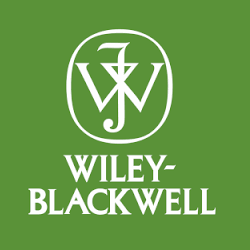Description of the Disorder
Attention-deficit hyperactivity disorder (ADHD) is a neurodevelopmental disorder characterized by attention deficits and hyperactive behaviors. According to the fifth edition of the Diagnostic and Statistical Manual of Mental Disorders (American Psychiatric Association, 2013), ADHD can be divided into three subtypes based on the inattention and hyperactivity dimensions: a predominantly inattentive type, a predominantly hyperactive–impulsive type, and a combined hyperactive–inattentive type. The worldwide prevalence of ADHD is approximately 3.4% for children and adolescents (Polanczyk, Salum, Sugaya, Caye, & Rohde, 2015) and 5% for adults (Willcutt, 2012). More males tend to be affected than females. ADHD interferes with academic performance (Loe & Feldman, 2007) and is associated with a high risk for comorbid conditions, such as conduct disorders (Waschbusch, 2002), anxiety (Jarrett & Ollendick, 2008), depression (Blackman, Ostrander, & Herman, 2005), accidental injuries (Nigg, 2013), and suicidality (Barbaresi et al., 2013). ADHD is a major public health concern as the disease is burdensome on both individuals and society (Pelham, Foster, & Robb, 2007; Robb et al., 2011). The annual costs related to education, treatment, and juvenile justice for ADHD children and adolescents are estimated to be around $43 billion. For adults, ADHD results in approximately 121 million missed work days, with $20 billion lost in salary alone (Pelham et al., 2007). Costs associated with ADHD are comparable to those associated with major depression and stroke (Pelham et al., 2007). Therefore, the development of effective treatments for ADHD is important on both the individual and the societal levels.








